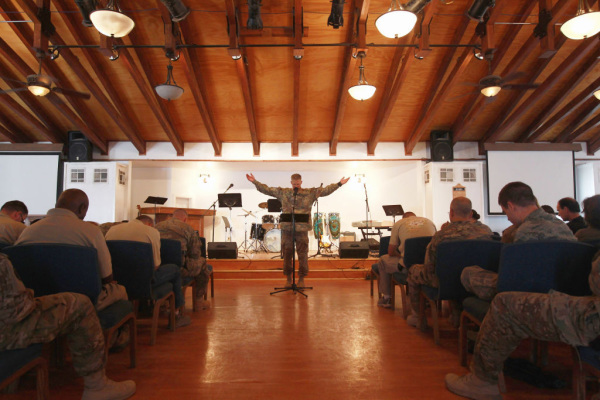Catholics Jam Streets of Manila Despite Terrorist Threats
Millions of Catholics ignored terror threats Monday and flooded the streets of Manila during the procession of the Feast of the Black Nazarene. Almost 1,000 were injured in the scramble to get near a religious icon.

"For as long as I can walk or crawl, I will join the procession. That is my vow," 47-year-old Ruby Pacardo told Agence Frence-Presse after she rubbed her grandson’s shirt on the statue of the Christ to heal his cataracts.
An estimated 3 million of the 8 million revelers expected packed the streets in the procession of the Black Nazarene after Manila's Archbishop Luis Antonio Tagle led a Mass. The predominately Catholic Philippines celebrates the event annually.
ABS-CBN news reported that 921 Filipinos were treated for injuries incurred in the shoving and pushing to reach the wooden statue. Touching the image is said to bring healing.
Among those injured, one man suffered damage to his neck after another devotee wiped a cloth on the statue and knocked it over, the news agency reported.
In a nationally televised news conference earlier, Filipino President Begnino Aquino announced threats of a terrorist bombing during the event, possibly with a cell phone-triggered bomb. Secretary of Defense Voltaire Gazmin told AFP on Monday that police were hunting nine people who may have been involved in planning the attacks.

 Christians Worship in Manila Despite Terrorist Threats
Christians Worship in Manila Despite Terrorist ThreatsHe also named two well-known Islamic militant groups, Al Qaida-linked Abu Sayyaf and the Moro Islamic Liberation Front (MILF), who may have been behind the threat. According to The Associated Press, Interior Secretary Jesse Robredo said six to nine people were suspected in the threats. Nothing had been confirmed as of press time.
The Abu Sayyaf is suspected of the attack on Manila Bay in 2004, and the MILF has been waging a rebellion since the 1960s in the country’s Islamic south.
Cell phones and firecrackers were banned at the event, and the government deployed about 15,000 police officers with dogs to sniff out potential hazards, AP reported
The Feast of the Black Nazarene commemorates the transfer of the sacred sculpture from the Recollect Church to the Quiapo Church in Manila 1787. The statue is believed to have been brought to the country from Mexico in 1606. This is the 405th year of the event.
Authorities had been aware of plans to attack the festival since last August, Gazmin told AFP. He also indicated that three suspected safehouses were raided last week, but no one had been captured.






















